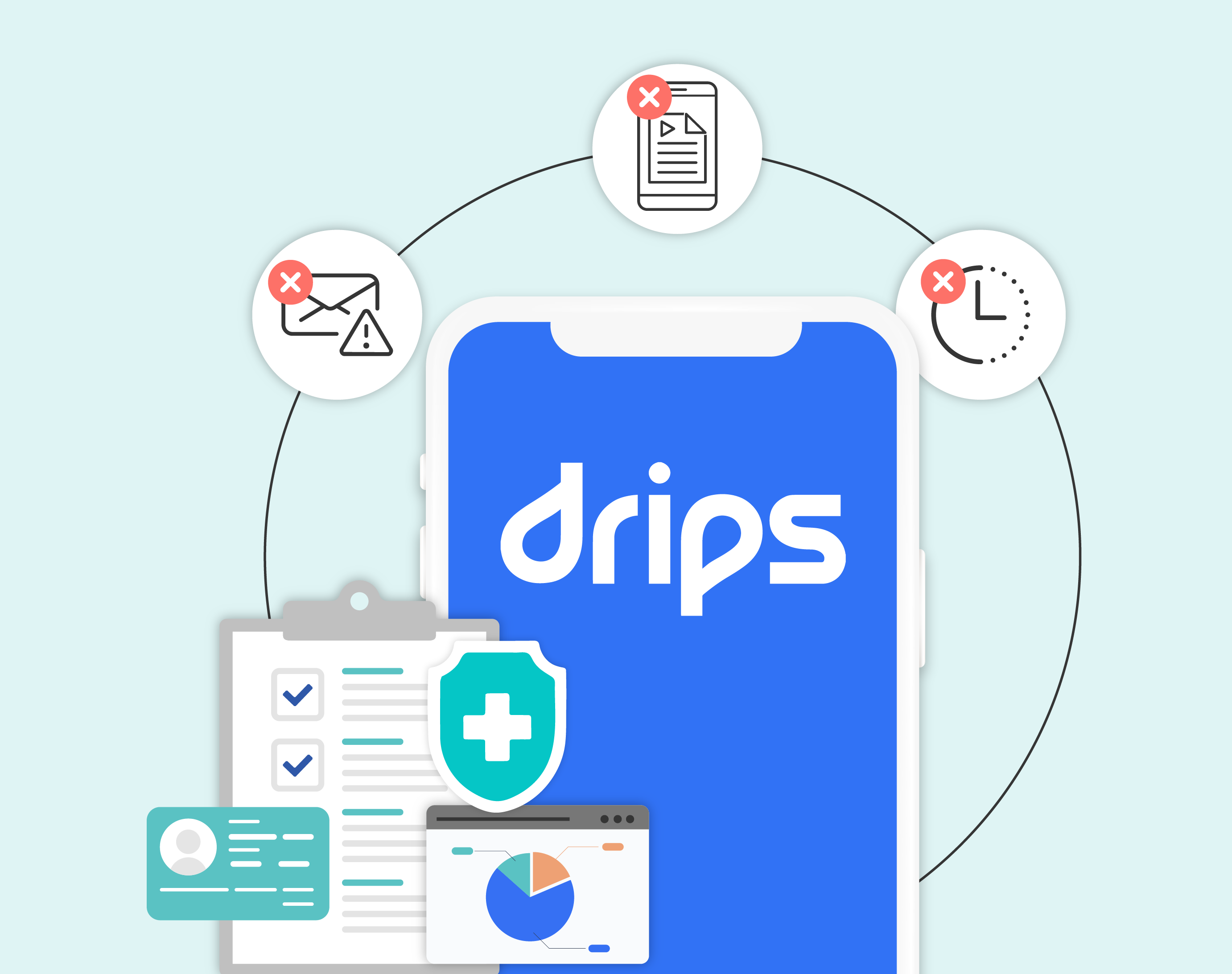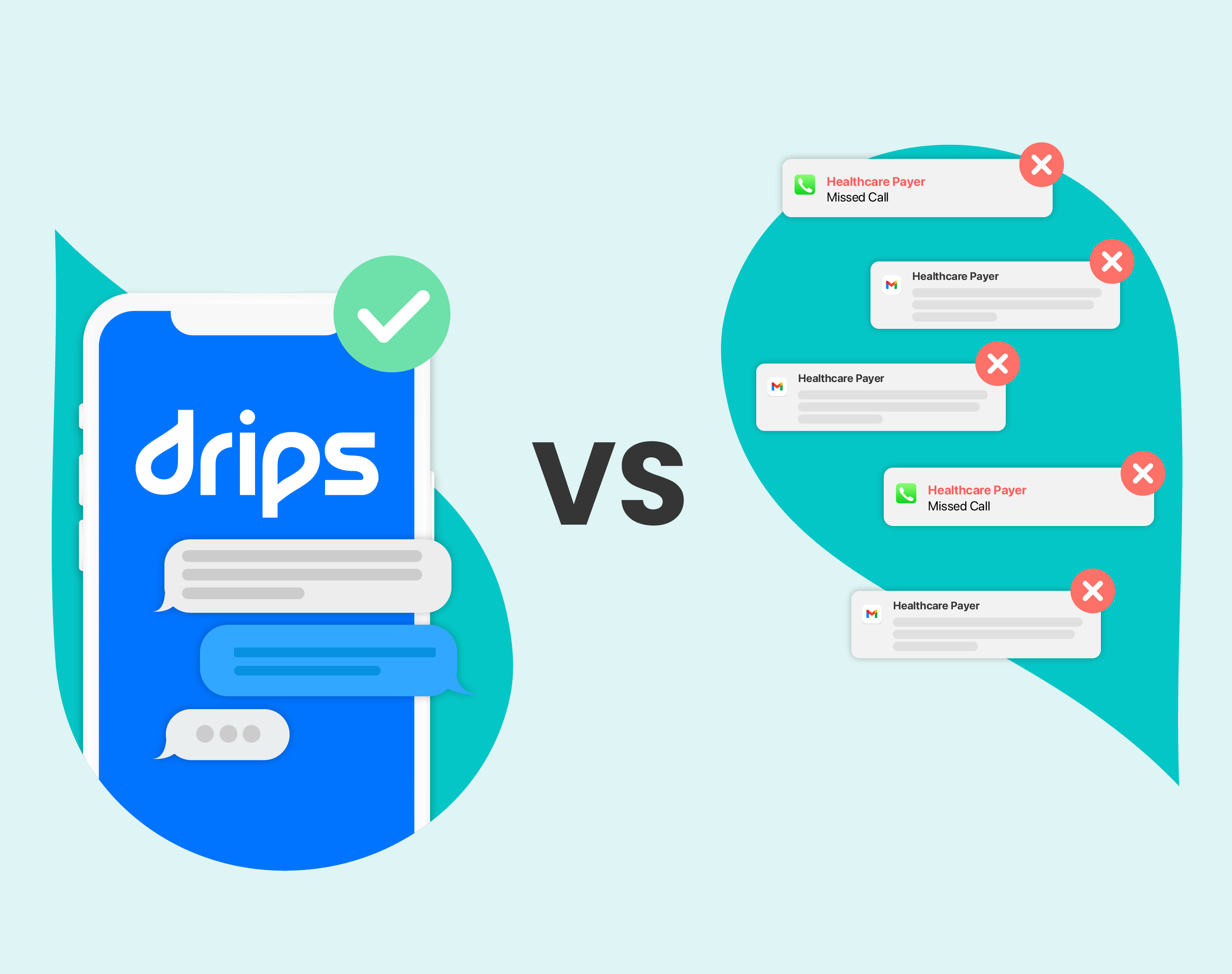The Future of SMS Marketing
Updated November 2023
In our previous blog post, we discussed the history of SMS marketing and explored its evolution as a powerful marketing tool. As technology continues to advance at a rapid pace, it’s crucial to discuss the future of SMS marketing and how businesses can leverage its potential.
Let’s highlight what the future of SMS marketing holds and the importance of staying up to date with emerging trends.
Why Is SMS Marketing Important?
Short message service (SMS) marketing remains relevant today because of its continued prevalence and effectiveness in reaching consumers. Despite the rise of various digital channels, texting remains a ubiquitous feature on mobile devices, making SMS marketing accessible to virtually everyone (Business.com).
Moreover, with people constantly glued to their smartphones, SMS messages have a higher chance of being noticed quickly. In fact, Americans spend an average of 3.5 hours on their phones daily (Exploding Topics). This reach, combined with the direct and concise nature of SMS, makes texting an indispensable tool for marketing.
Let’s consider some more statistics that explain why text messaging will continue to be important to marketers in the future:
- Nearly 60% of marketers using text messages said SMS significantly or overwhelmingly increased revenue (Attentive Mobile).
- 67% of businesses have increased their SMS marketing budgets in 2023 (Simple Texting).
- 27% more businesses are using text message marketing now compared to this time last year (Simple Texting).
- Approximately 50% of consumers make direct purchases after receiving an SMS branded text containing a coupon or discount code (Pocketstop).

SMS marketing has continued to adapt and thrive even as digital marketing and other trends have grown. Let’s look at a few new and upcoming changes to mobile messaging that are likely to impact the future of text message marketing.
RCS: For An Interactive Customer Journey

If there’s a such thing as a successor to SMS, Rich Communication Services (RCS) might be it.
According to a summary from Wired, “SMS (Short Message Service) and MMS (Multimedia Messaging Service) weren't really built for the modern way that we communicate through our phones, and RCS tries to fix that.”
RCS is a standardized protocol for exchanging mobile messages that incorporates features consumers have come to expect from messaging apps, including group chats, high-quality multimedia, and read receipts.
RCS has been around for a while, but it hasn’t yet gained full adoption. In particular, Apple doesn't yet support the standard on its iPhone platform, which limits the the user base of RCS in the U.S. WhatsApp, which is popular in many regions outside the U.S., also does not support RCS (NativeMsg). However, Apple announced in November 2023 that it will add RCS support in 2024, which could be a huge boon to RCS usage (Digital Trends).
By providing a more interactive and visually appealing experience, RCS allows marketers to send higher resolution multimedia content, interactive buttons, and dynamic carousels to mobile phones. RCS will enable brands to deliver highly engaging and immersive campaigns to more consumers (Zendesk).
Omnichannel Adoption: Unifying Outreach Channels
The movement towards omnichannel outreach continues to raise the bar for modern marketing strategies. Omnichannel outreach goes beyond simply using multiple channels. It entails giving your audience a seamless experience across every channel (Intive).
Text message marketing plays an important role for this approach. With high reach and the ability to reach consumers anytime, anywhere, texting can work as the “glue” that connects other channels into a cohesive experience.
In order to accomplish this, marketers need their SMS campaigns to be aware of the consumer’s interactions on other channels and respond accordingly. This isn’t easy to get right. But brands that do can delight consumers with a unified experience across email, social media, phone, chat apps, and more.

Artificial Intelligence (AI): Data Insights And Personalization
While companies like Drips have been using AI-powered SMS for years, AI has only begun to transform SMS marketing. AI-driven analytics and predictive models enable marketers to analyze customer behavior, preferences, and purchase history. This can help facilitate more tailored SMS campaigns.
AI chatbots and natural language processing have also improved the customer experience through automated responses and dynamic personalization. This can enable businesses to efficiently engage in human-like conversations with their customers (Marketing Evolution).
The recent burst of activity in generative AI offers even more potential. We’ve all seen how ChatGPT and similar tools can help marketers craft their messages. As this technology grows, it’s possible that someday every customer will get their own unique outreach strategy created by AI, with no two customers getting the same marketing texts.
Regulations And Privacy
While SMS marketing holds immense potential, it’s becoming more and more important to consider the regulatory landscape and prioritize customer privacy.
There’s already a suite of regulations and best practices that aim to protect consumers from spam and improper use of personal data. In the US, these include the Cellular Telecommunications Industry Association (CTIA) guidelines and the Telephone Consumer Protection Act (TCPA).

Current consumer protections include:
- Brands must obtain express written consent from recipients before sending them marketing messages.
- Businesses cannot send unsolicited messages using automated dialing systems.
- Limitations on the frequency of messages.
- Opt-out and unsubscribe mechanisms.
- And many more...
Many of these rules are well-known by savvy marketers, but the reality is that regulations change all the time, and the requirements shift depending on industry and geography.
As we move into the future, we expect these regulations to continue to change, demanding that businesses keep up. Moreover, consumers increasingly expect more from brands when it comes to privacy and data security. In fact, 76% say they want more transparency around how personal data is used by companies (KPMG).
The Future Of Text Message Marketing
The future of SMS marketing is promising, with endless opportunities for businesses to engage their customers in new and innovative ways. We recommend that businesses embrace technological advancements, focus on personalizing the customer experience, and keep up with changing regulations. In doing so, businesses can unlock the full potential of SMS... and whatever other mobile messaging technologies may come in the future.









